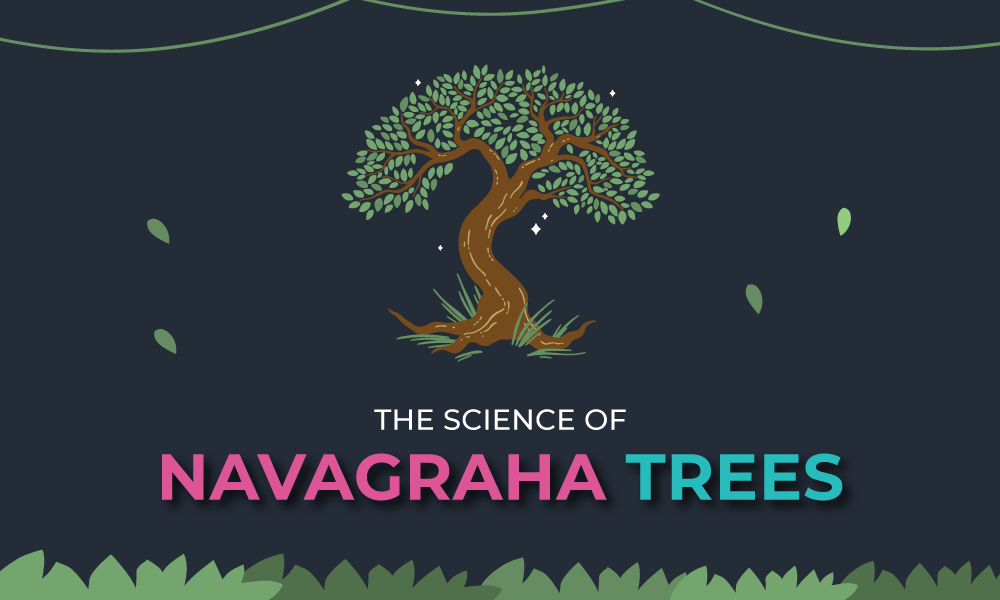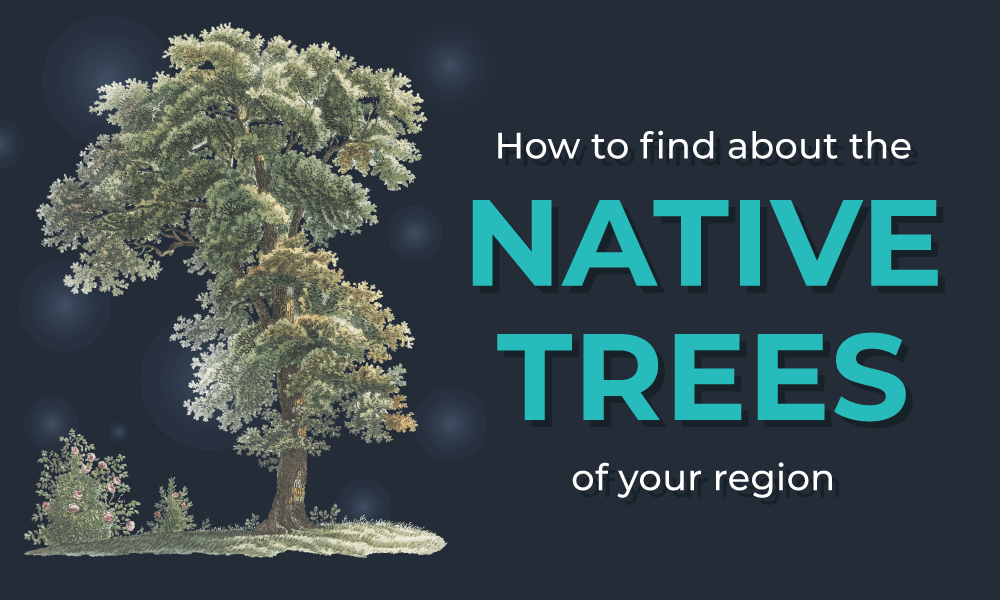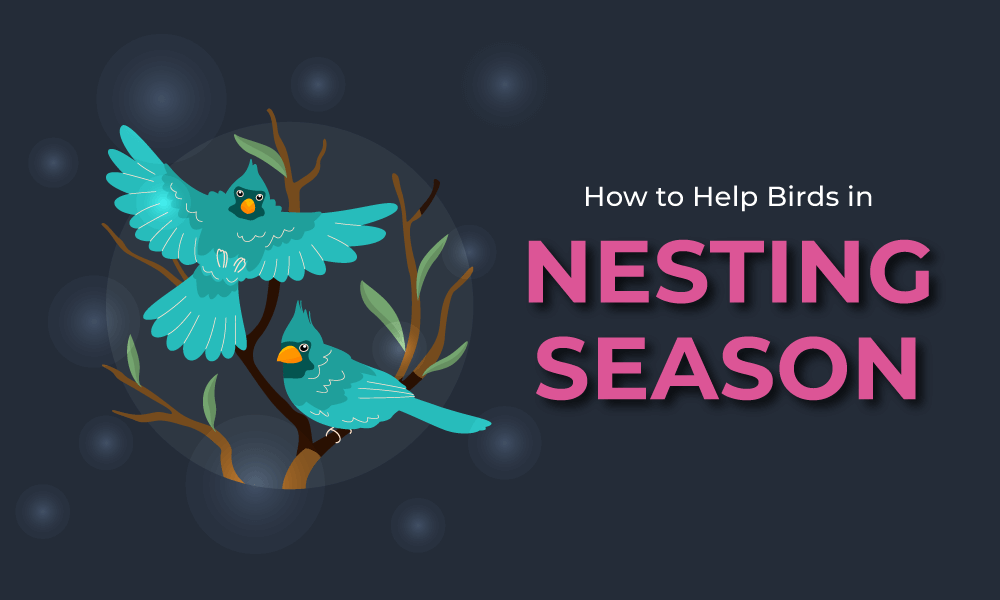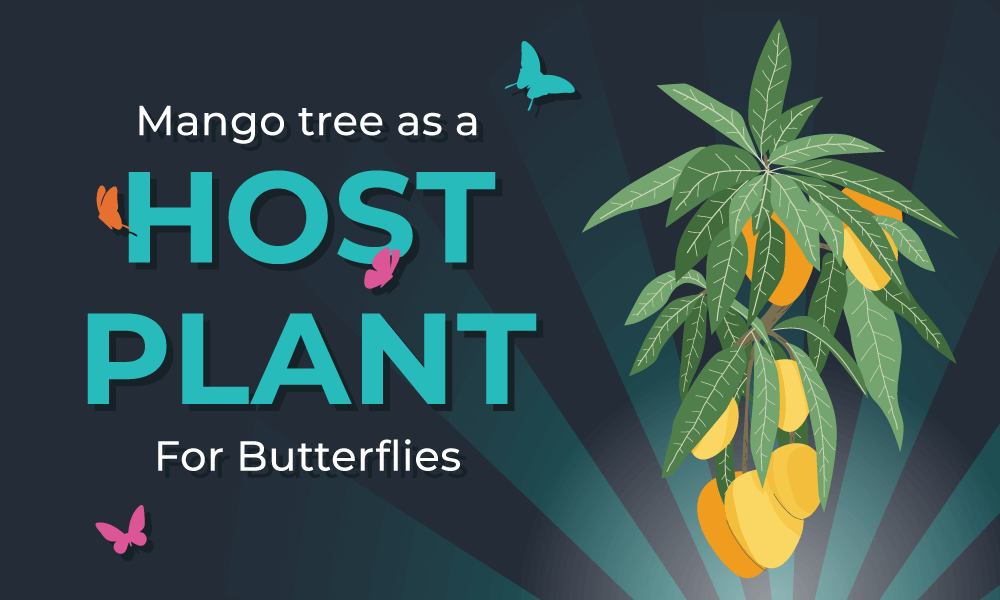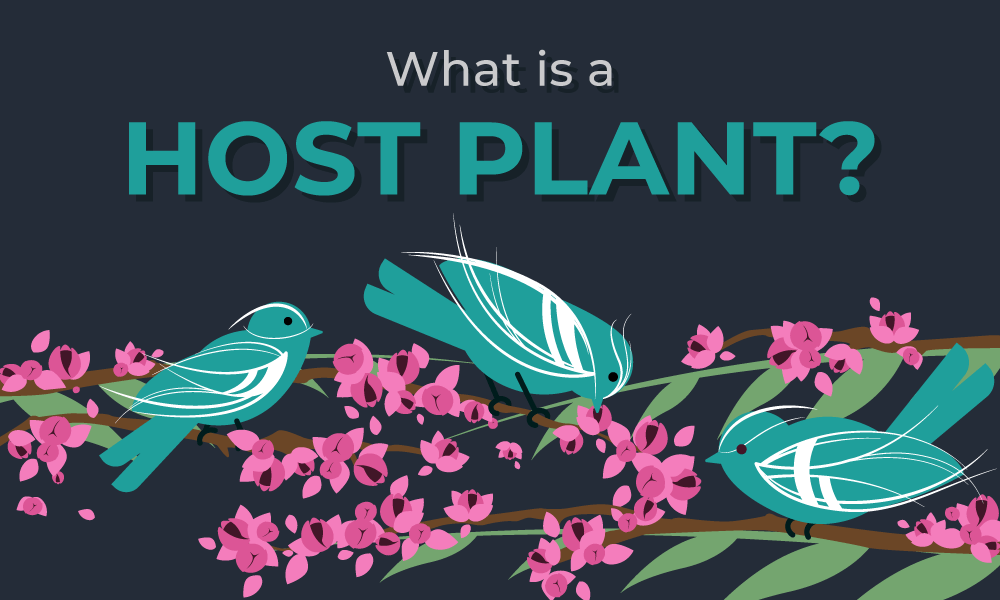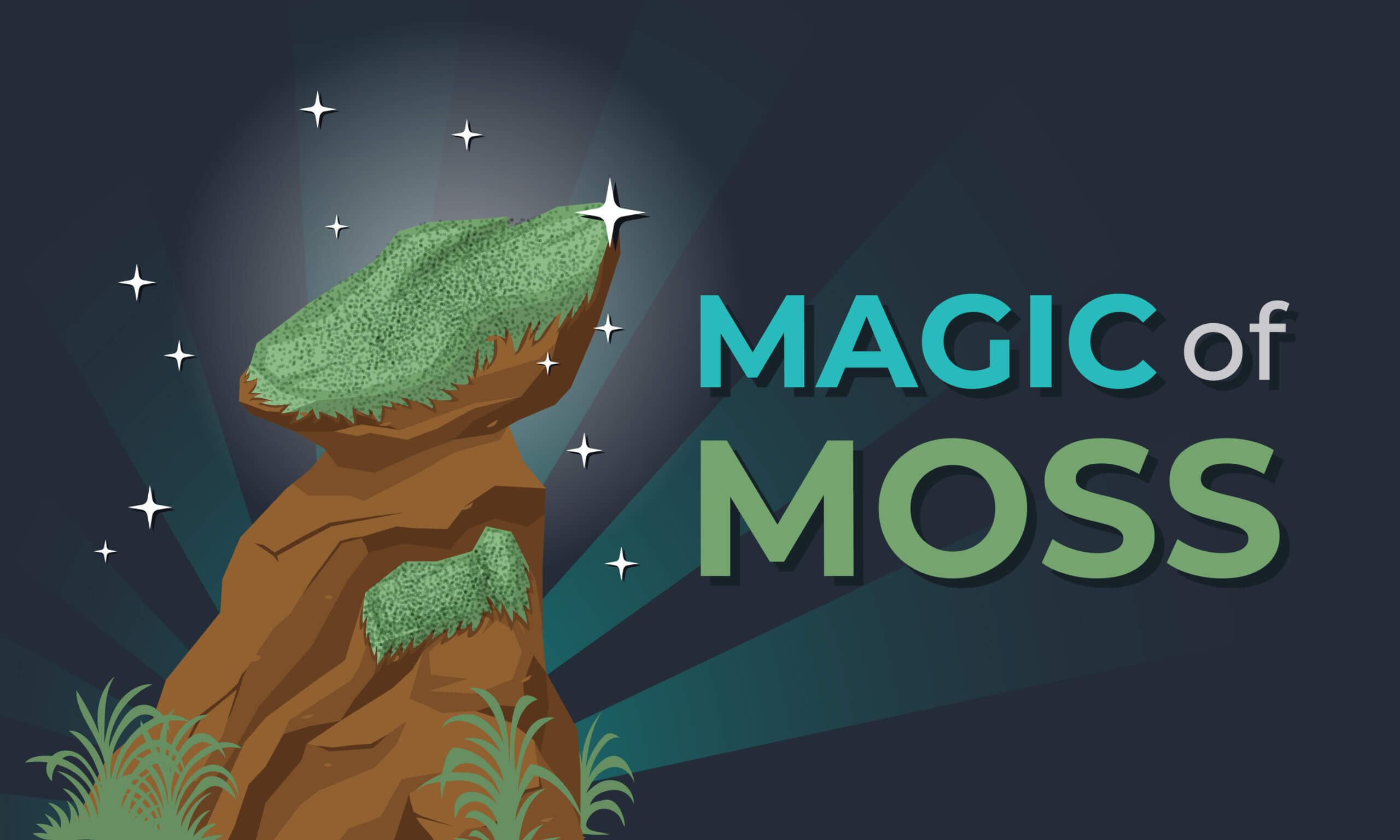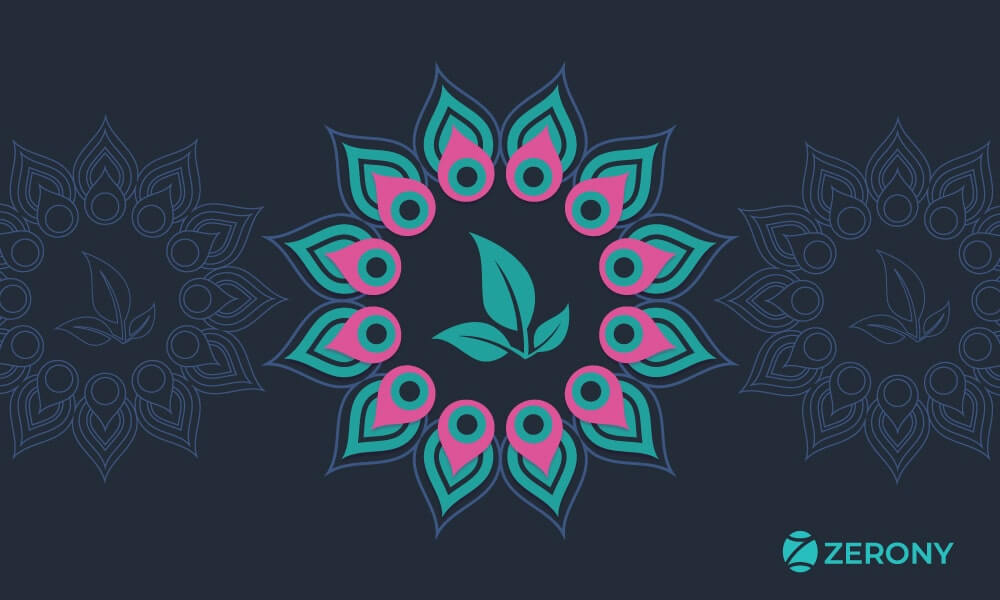In India whenever someone coughs or sneezes, they will always find someone nearby telling them to drink ginger and tulsi tea, and it does even work but why does ginger work? Ginger has anti-inflammatory and antioxidant properties that help with cough by reducing inflammation in the throat. And just like that many plants, herbs and trees have some magical chemical, either in it’s roots or leaves or bark.
Long ago in ancient India people observed their surroundings because they didn’t have any smartphones that distracted them, and they noticed these hidden signs. And with the use of trial and error methods, they finally were able to find the pattern. Some trees are good for air, some restore water, some of them bring birds and mostly all of them have some sort of healing properties. In the same way, they make a list of nine plants called Navagraha trees.
1. Gular (Ficus racemose)
This is a fast-growing evergreen or deciduous tree native to India. The tres can be in almost every part of India from Rajasthan, Uttar-Pradesh, West Bengal, Orissa, Himalayas to the Southern part of India. It grows itself without any proper care. Its fruits are a very important food source for many animals, including birds, monkeys, and bats. Gular is evergreen and provides good shade and also restores water in the soil in its surroundings.
According to Ayurveda every part of this tree has some kind of healing properties from upset stomach to diabetes.
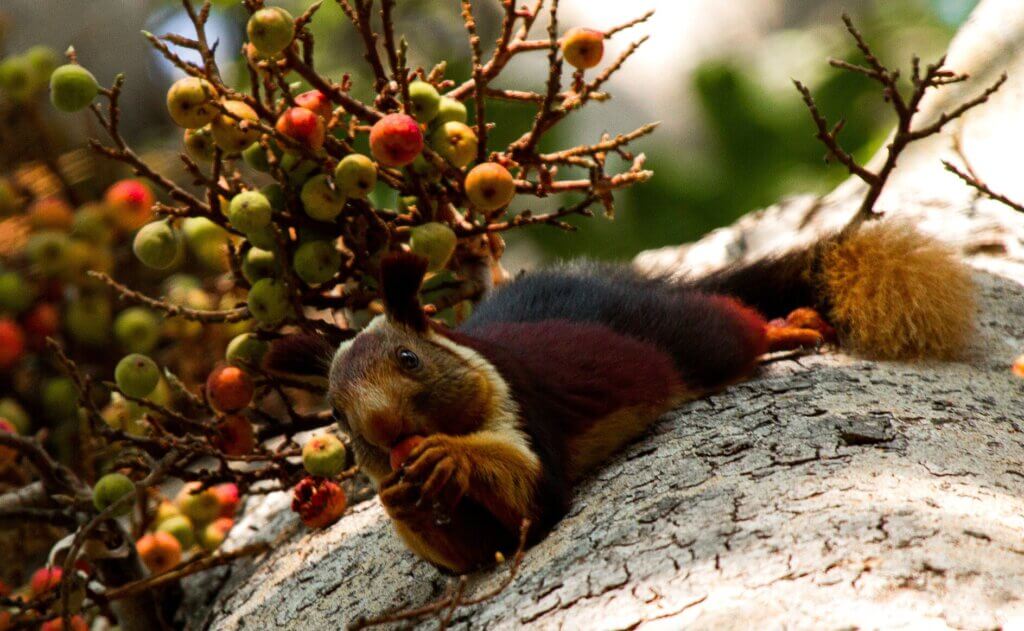
Indian giant flying squirrel and their love for Gular
Indian giant flying squirrel consumed 4 major plant parts belonging to 9 plant species. Ficus racemosa was the most-eaten species, almost 68% of their diet is gular.
2. Palash (Butea monosperma)
Palash is a medicinal tree native to South and Southeast Asia, including India, Bangladesh, Nepal, Pakistan, Thailand, Sri Lanka, Western Indonesia, and Myanmar. It’s also known as the flame of the forest, Bengal kino, dhak, and bastard teak.
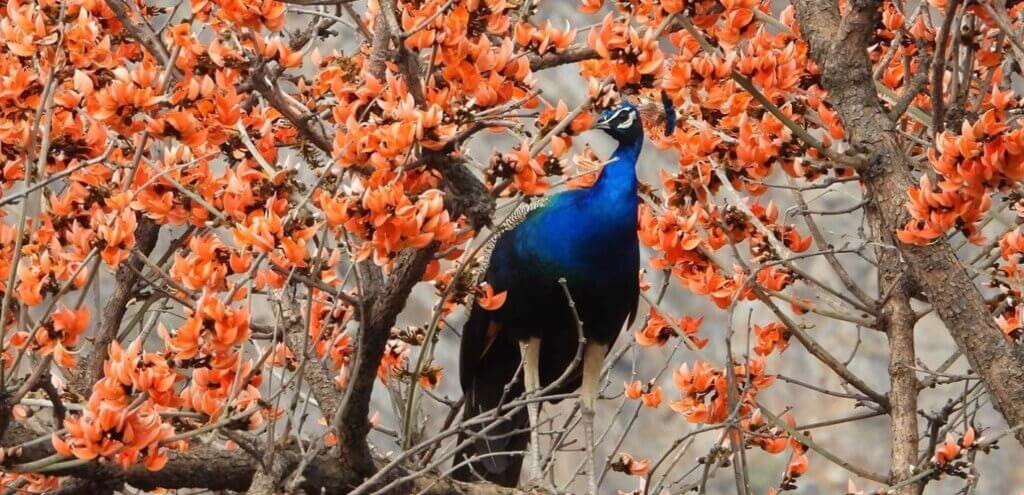
The palash tree is a slow-growing tree that can reach heights of 40 to 50 feet. In the spring, the tree produces bright orange-red flowers that bloom in March and April. From a distance, a cluster of Palash trees can look like a forest on fire, which is how the tree got its name.
The palash tree has many medicinal uses, the bark of the tree is used to treat cuts and wounds, and flowers of palash treat skin diseases. Many birds feed on the nectar of the palash flower, Bulbuls, White-eyes, Tailorbirds, Purple sunbirds, Black drongos, Peacock, Golden-fronted leafbirds, Chestnut-tailed starlings, Common mynas. The flowers of the palash tree are used to make a natural dye for Holi.
3. Peepal (Ficus religiosa)
Peepal, also known as the sacred fig, or bodhi tree, is a large evergreen or deciduous tree native to India. It can grow up to 35 meters tall. One of the most popular trees that emit oxygen in the air is the Peepal tree. While most trees release oxygen only in the presence of sunlight, peepal tree emits some amount of oxygen at night too. It not only provides oxygen at night that helps animals or humans to take shelter under it but also treats diseases like asthma, constipation, diabetes, and various blood-related problems. The leaves of peepal contain many healthy chemicals, while their bark is highly rich in vitamin K.
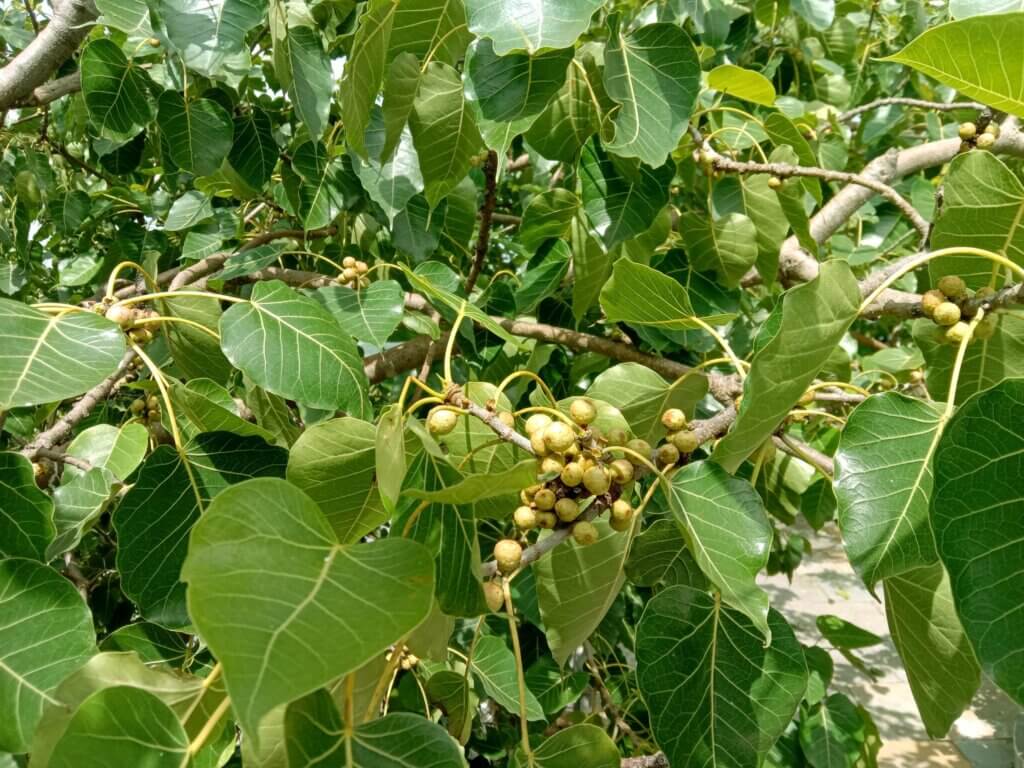
Peepal tree emits oxygen all day and absorbs carbon dioxide from the atmosphere which makes the air clean and breathable around it. Its unique feature of being able to emit oxygen throughout the day makes it the most environmentally friendly tree. Peepal is also one of the fastest-growing trees in the world.
4. Aak (Calotropis procera)
Calotropis is a native plant of India and many other countries like Cambodia, Vietnam, Bangladesh, Indonesia, Malaysia, Thailand, Sri Lanka, China, Pakistan, and Nepal. It is a large shrub growing to 4 m tall. It has clusters of waxy flowers that are either white or lavender. This plant is a major host to a variety of insects and butterflies. It is the host plant for Hawaii’s non-migratory monarch butterflies.
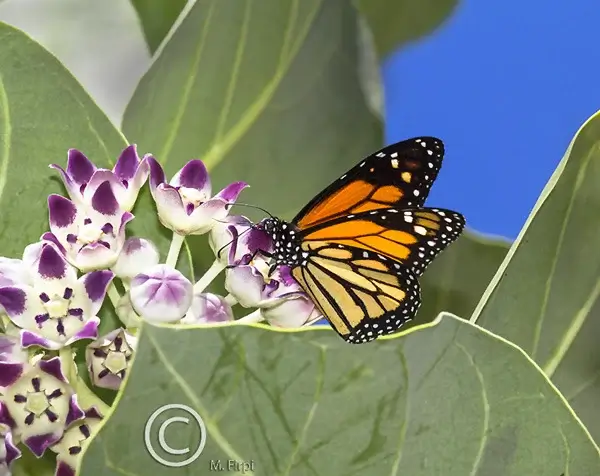
Aak has been used in traditional medicine for respiratory conditions such as asthma, bronchitis, and cough.
5. Khair/Kattha (Acacia catechu)
Khair is a deciduous, thorny tree which grows up to 15 m in height. Khair is native to South Asia and Southeast Asia, including the Indian subcontinent, Myanmar, Thailand and China. The tree’s seeds are a good source of protein. Kattha is made from this tree’s heartwood. Branches of the tree are cut for goat fodder and are sometimes fed to cattle. This tree alone can bring more than 10 different kinds of butterflies into your garden.

The tree’s wood and bark are used in Ayurveda to treat skin and respiratory problems, bleeding injuries, and maintain oral hygiene. The bark is also said to be effective against diarrhoea and help for healing wounds.
6. Khejri/Shami (Prosopis cineraria)
Prosopis cineraria, also known Shami or Khejri, is a flowering tree that is native to dry regions of Western Asia and India. It is one of the most drought-tolerant tree species. Prosopis cineraria has a wide range of uses, including food, medicine, and various commodities. It is the state tree of Rajasthan and the national tree of the United Arab Emirates.

7. Darbha, dabh, or kusha (Imperata cylindrica/Desmotachya bipinnata)
Kusha is a type of grass. This is native to India and also found in many other countries. This grass was very strong and durable, which is why in ancient times, it was used to make rope and other everyday things.
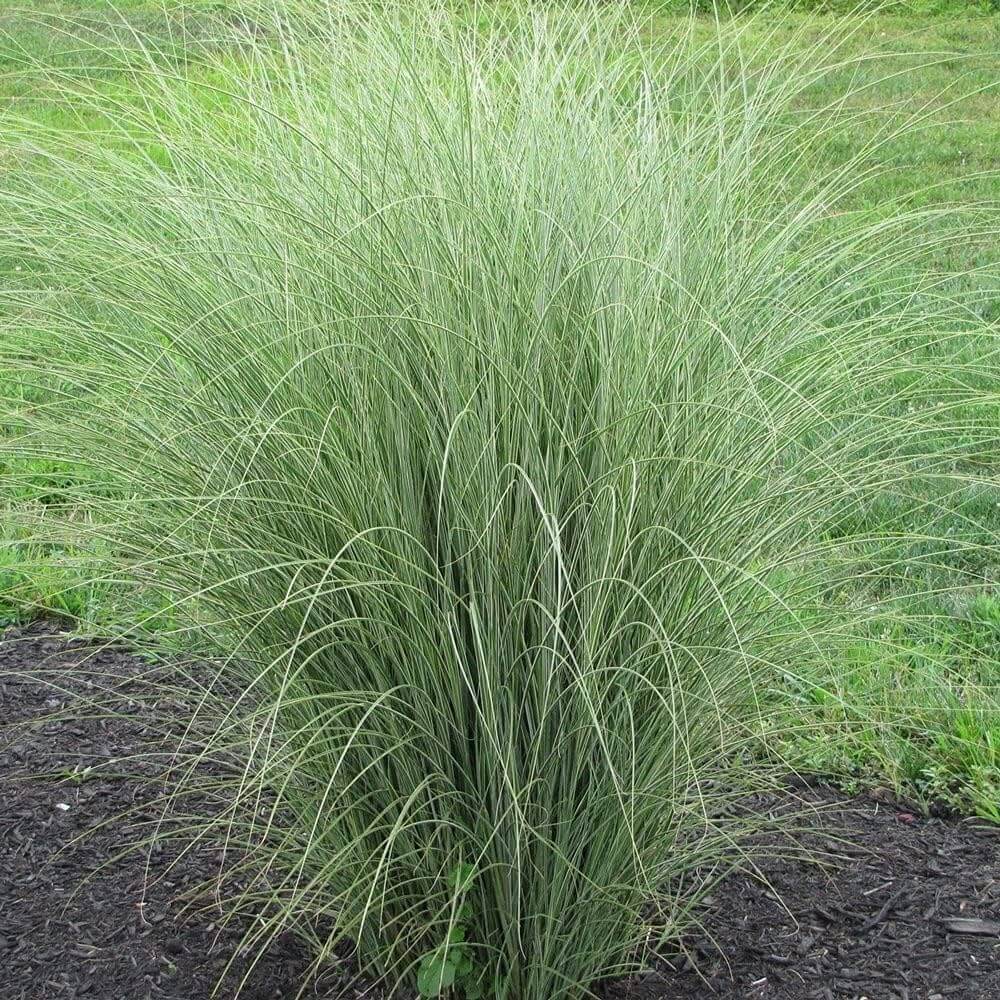
8. Doob (Cynodon dactylon)
Doob grass, also known as Cynodon dactylon, is a creeping grass that is native to the Indian subcontinent. It’s also known by many other names, including Bahama grass, Bermuda grass, Durva, Hariyali, and Indian doob grass.

Doob grass is nutritious, plentiful and inexpensive, and is often used as cattle feed in the winter. It’s also a soil binder and can be grown by stem and root cuttings. Doob grass is a popular grass species that grows naturally in India on roadsides, farmlands, open grasslands, and backyards. It’s fast-growing and tough, making it useful for sports fields because it recovers quickly from damage. It makes any garden look more green and happy.
9. Chirchira/Apamarg (Achyranthes aspera)
Achyranthes aspera, also known as prickly chaff flower is a herb that can grow up to 7 feet tall. The plant and all of its parts, including the leaves, roots, flowers, fruits, and seeds, have medicinal uses.

Apamarga has been extensively used in Ayurveda as an anti-inflammatory agent besides being useful in Hemorrhoids, indigestion, cough, asthma, anaemia, jaundice and snake bites.
Read more: What is a Host Plant?
If you have some suggestion on which we should write or you have any query and something else, you can contact us. Please do share this blog with your family, friends, and others so they can also know about The science of navagraha trees.

